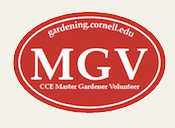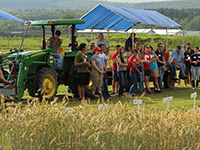Back to the Benefits & Research Page
Here are some useful links in pursuing an understanding of the role of plants and landscapes in human health and well-being:
Human Issues in Horticulture – A seminal and important, groundbreaking paper on Human Issues in Horticulture, written by Diane Relf in 1992. This is a piece that changed the way that many view horticulture, and started a new wave of emphasis on plants and human well-being in horticultural research.
Landscape and Human Health Laboratory – A multidisciplinary research laboratory based at the University of Illinois at Urbana-Champaign dedicated to studying the connection between greenery and human health. Recent findings include improved concentration for children with attention deficit disorders after taking a walk in the park and lower crime rates in inner-city neighborhoods with greenery.
Children & Nature Network – Chaired by Richard Louv, author of Last Child in the Woods: Saving Our Children From Nature-Deficit Disorder, C&NN offers a link between researchers, educators, and organizations dedicated to children’s health and well-being.
Therapeutic Landscapes Resource Center – Excellent source of information in healing benefits of landscapes.
Human Dimensions of Urban Forestry and Urban Greening – Research from the University of Washington focusing on peoples’ perceptions and behaviors regarding nature in cities.
Restorative Commons: Creating Health and Well-being through Urban Landscapes– A publication by the USDA, US Forest Service, Northern Research Station and Meristem.
Human Flower Project – An international newsgroup, photo album, and discussion of how people live through flowers. Reports on art, medicine, society, politics, religion, and commerce.
Place-Based Education Evaluation Collaborative (PEEC) – PEEC hosts an extensive collection of research around place-based education, school gardens, the impact of nature on learning and well-being, and related issues.
Green Plants for Green Buildings – A national campaign working to inform building industry professionals and the public about the benefits of interior plants.

 power, fragility, and solace.” (Heffernan, M. (1994).
power, fragility, and solace.” (Heffernan, M. (1994).  of in-depth, research-based papers relevant to youth development. Check out
of in-depth, research-based papers relevant to youth development. Check out value from 110 gardeners in 67 community gardens in New York City. These 110 gardeners, collectively only using a total of 1.7 acres, grew 87,700 pounds of produce worth more than $200,000. This means the average community gardener in the study got produce valued at $1,818 out of their plot. Farming Concrete. (
value from 110 gardeners in 67 community gardens in New York City. These 110 gardeners, collectively only using a total of 1.7 acres, grew 87,700 pounds of produce worth more than $200,000. This means the average community gardener in the study got produce valued at $1,818 out of their plot. Farming Concrete. (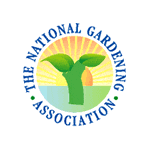 of school gardening research studies that might help fuel your arguments and proposals about the benefits students reap from living garden laboratories.
of school gardening research studies that might help fuel your arguments and proposals about the benefits students reap from living garden laboratories.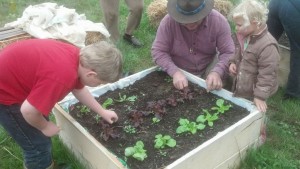



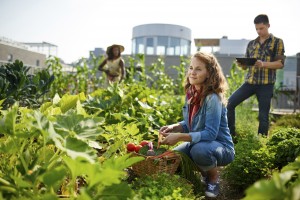




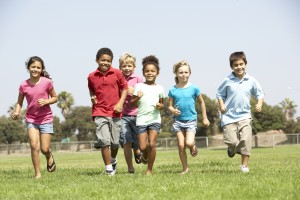

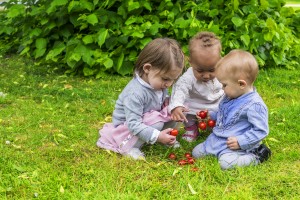




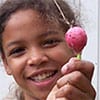


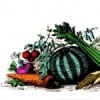
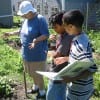


 The Humble Potato: Underground Gold
The Humble Potato: Underground Gold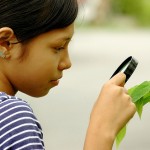 A Close Look: Cultivating Plant Observation Skills
A Close Look: Cultivating Plant Observation Skills


 Houseplant Clinic
Houseplant Clinic pleasant ways to bring the outdoors in!
pleasant ways to bring the outdoors in!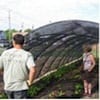 Satchets and Catnip Bags
Satchets and Catnip Bags Starting Plants from Seeds
Starting Plants from Seeds Turtle Sprouts
Turtle Sprouts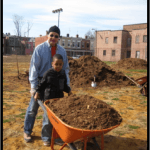 enhances the quality of life in numerous ways: providing fresh food, exercise and health benefits, opportunities for multi-generational and life-long learning, creating pleasing landscapes and improved environment, and bringing people together.
enhances the quality of life in numerous ways: providing fresh food, exercise and health benefits, opportunities for multi-generational and life-long learning, creating pleasing landscapes and improved environment, and bringing people together. You may be looking for ways to share the excitement of school gardening with other teachers
You may be looking for ways to share the excitement of school gardening with other teachers Interest is expanding around supporting community gardening as numerous opportunities and benefits are being realized. Two organizations who have compiled much data on the benefits of community gardening include
Interest is expanding around supporting community gardening as numerous opportunities and benefits are being realized. Two organizations who have compiled much data on the benefits of community gardening include 

